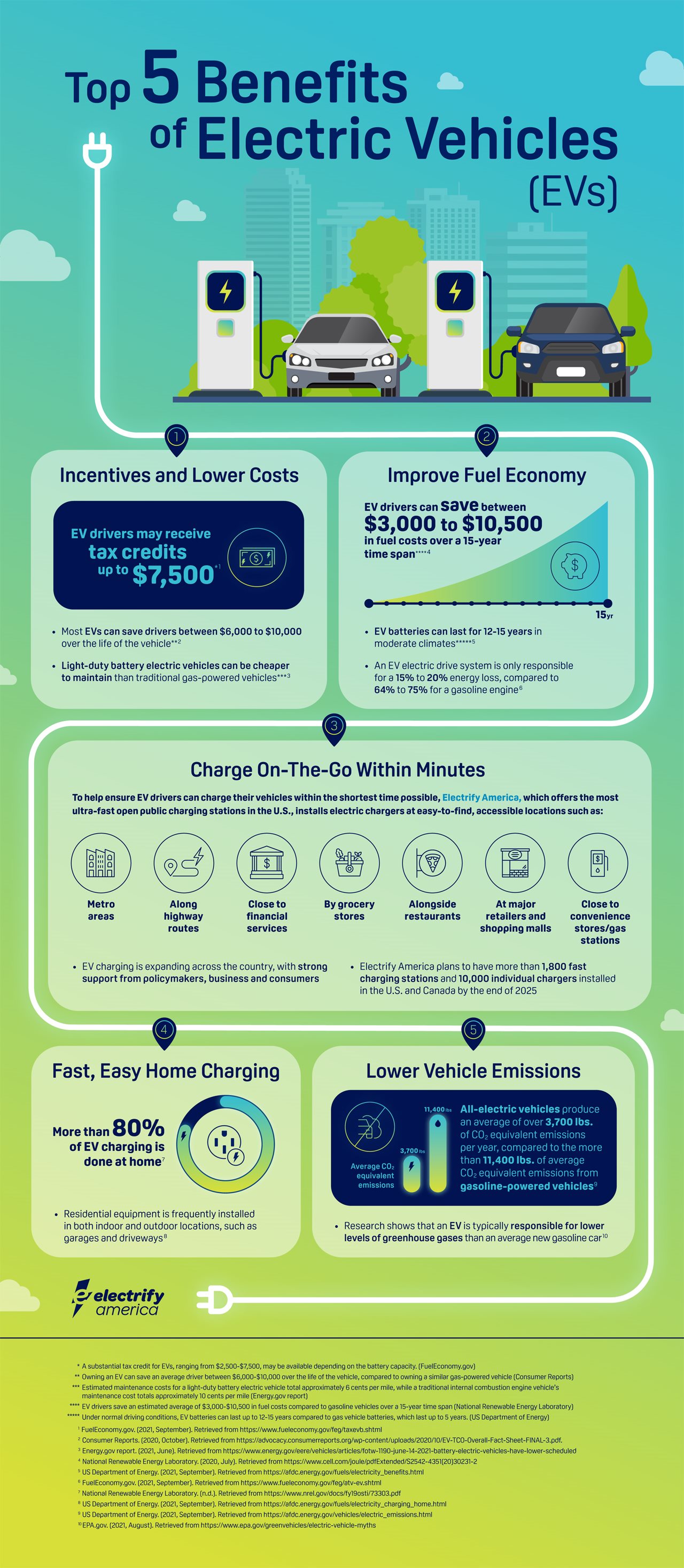2021-12-20T16:01:00
(BPT) – Sanofi developed and sponsored this article and Roldan was compensated for his time.
As an avid runner, Roldan enjoyed an active lifestyle. However, during a routine physical one decade ago, his physician observed an abnormal elevated protein in one of his blood labs and ordered additional tests from a local oncologist. The resulting diagnosis: multiple myeloma.
Roldan’s first reaction was shock and disbelief, as just one week earlier, he completed a local race. “With my background in clinical pharmacy, I had a baseline understanding of multiple myeloma, but I wasn’t very familiar with the disease when I was first diagnosed,” Roldan recalled.
Roldan is one of more than 34,000 Americans that are diagnosed with multiple myeloma each year.1 Multiple myeloma is the second most common form of blood cancer, affecting more than 149,000 patients in the United States.2 Multiple myeloma is a cancer of plasma cells, which are types of white blood cells found in the bone marrow. In multiple myeloma, cancerous plasma cells grow uncontrollably and crowd out the normal cells in the bone marrow.1
Symptoms of multiple myeloma
Multiple myeloma is most frequently diagnosed in people aged 65-74.1 Like in Roldan’s case, not all patients experience symptoms of multiple myeloma at initial diagnosis. However, some patients may experience persistent or recurrent bone pain, persistent fatigue, recurrent unexplained infections, nervous system disorders, and shortness of breath, among other symptoms.3
Relapsed and refractory multiple myeloma
Since multiple myeloma does not have a cure, most patients will eventually relapse. Relapsed (or recurrent) multiple myeloma is the term for when the cancer returns after treatment or a period of remission.4 Refractory multiple myeloma refers to when the cancer does not respond to a specific therapy. In some patients, the cancer may respond to an initial treatment, but not to the same treatment following a relapse.5
Roldan’s experience
Since the day of his diagnosis, Roldan’s wife has been his biggest source of support. They lean on each other and take on each challenge one day at a time, and her optimism helps him maintain a positive outlook.
Initially, Roldan worried about how living with multiple myeloma would affect his life. Due to the challenges he has experienced while managing his symptoms, he is no longer as active as he used to be. Fortunately, he has been able to transition to a position at his work with greater flexibility, which allows Roldan more time to attend doctor’s appointments and receive treatments.
Roldan has tried many treatments, and while some would be effective for a while, his myeloma levels would eventually go back up. Understanding the evolving landscape in the treatment of multiple myeloma, Roldan kept an open line of communication with his doctors, asking questions and discussing available options.
After discussing treatment options, his doctor recently prescribed Sarclisa® (isatuximab-irfc), which he receives via infusion every other week. Since beginning treatment with Sarclisa, his multiple myeloma has responded to the treatment.
Sarclisa works together with your immune system to help destroy myeloma cells. The recommended dose of Sarclisa is 10 mg/kg as an intravenous infusion every week for 4 weeks followed by every 2 weeks until disease progression or unacceptable toxicity.
Sarclisa is a prescription medicine used in combination with:
- The medicines pomalidomide and dexamethasone, to treat adults who have received at least 2 prior therapies including lenalidomide and a proteasome inhibitor to treat multiple myeloma.
- The medicines carfilzomib and dexamethasone, to treat adults with relapsed or refractory multiple myeloma who have received 1 to 3 prior lines of therapy.
Once prescribed, your doctor and other members of your healthcare team will explain how you will receive Sarclisa along with these other medicines.
Serious side effects of Sarclisa include infusion reactions, decreased white blood cell counts, risk of new cancers, change in blood tests, and heart failure.
The most frequent adverse reactions for Sarclisa in combination with pomalidomide and dexamethasone are lung infection (pneumonia), decreased red blood cell counts (anemia), upper respiratory tract infection, decreased platelet counts (thrombocytopenia), and diarrhea.
The most frequent adverse reactions for Sarclisa in combination with carfilzomib and dexamethasone are upper respiratory tract infection, infusion reactions, fatigue, hypertension, diarrhea, pneumonia, dyspnea, bronchitis, and cough.
These are not all the possible side effects of Sarclisa. Please see additional Important Safety Information in this article. For more information, ask your healthcare provider or pharmacist.
Advice for others living with multiple myeloma
What Roldan would like to share with others is that although there’s no cure for multiple myeloma, there are treatments that can help stop the progression of the disease.
For the past ten years, Roldan has traveled two hours to see his myeloma specialist. “It’s important to have open communication with your doctor, and to seek out a multiple myeloma specialist if one is available. It’s also important to make sure you’re asking the right questions to work together to find a treatment that’s best for you,” said Roldan.
Every patient’s experience is unique and individual results may vary. Remember, your doctor is your best source of information and be sure to ask your doctor any questions you may have.
IMPORTANT SAFETY INFORMATION FOR SARCLISA
Do not receive SARCLISA if you have a history of a severe allergic reaction to isatuximab-irfc or any of the ingredients in SARCLISA (see the list of ingredients in the full Prescribing Information).
Before receiving SARCLISA, tell your healthcare provider about all of your medical conditions, including if you:
- Have heart problems, if your healthcare provider prescribes SARCLISA in combination with carfilzomib and dexamethasone for you.
- Are pregnant or plan to become pregnant. SARCLISA may harm your unborn baby. You should not receive SARCLISA during pregnancy.
- Females who are able to become pregnant should use an effective method of birth control during treatment and for 5 months after your last dose of SARCLISA. Talk to your healthcare provider about birth control methods that you can use during this time.
Tell your healthcare provider right away if you think you are pregnant or become pregnant during treatment with SARCLISA.
- Are breastfeeding or plan to breastfeed. It is not known if SARCLISA passes into your breast milk. You should not breastfeed during treatment with SARCLISA.
Tell your healthcare provider about all the medicines you take, including prescription and over-the-counter medicines. Especially tell your healthcare provider if you have ever taken a medicine for your heart.
How will I receive SARCLISA?
- SARCLISA will be given to you by your healthcare provider by intravenous (IV) infusion into your vein.
- SARCLISA is given in treatment cycles of 28 days (4 weeks), together with either the medicines pomalidomide and dexamethasone, or carfilzomib and dexamethasone.
- In cycle 1, SARCLISA is usually given weekly.
- Starting in cycle 2, SARCLISA is usually given every 2 weeks.
- If you miss any appointments, call your healthcare provider as soon as possible to reschedule your appointment.
- Your healthcare provider will give you medicines before each dose of SARCLISA to help reduce the risk of infusion reactions (make them less frequent and severe).
What are the possible side effects of SARCLISA?
SARCLISA may cause serious side effects, including:
- Infusion reactions. Infusion reactions are common with SARCLISA and can sometimes be severe or life threatening.
- Your healthcare provider will prescribe medicines before each infusion of SARCLISA to help decrease your risk for infusion reactions or to help make any infusion reaction less severe. You will be monitored for infusion reactions during each dose of SARCLISA.
- Your healthcare provider may slow down or stop your infusion, or completely stop treatment with SARCLISA if you have an infusion reaction.
Get medical help right away if you develop any of the following symptoms of infusion reaction during or after an infusion of SARCLISA:
— shortness of breath, wheezing, or trouble breathing
— swelling of the face, mouth, throat, or tongue
— throat tightness
— palpitations
— dizziness, lightheadedness, or fainting
— headache
— cough
— rash or itching
— nausea
— runny or stuffy nose
— chills
Tell your healthcare provider right away if you develop any fever or symptoms of infection during treatment with SARCLISA.
- Risk of new cancers. New cancers have happened in people during treatment with SARCLISA. Your healthcare provider will monitor you for new cancers during treatment with SARCLISA.
- Change in blood tests. SARCLISA can affect the results of blood tests to match your blood type. Your healthcare provider will do blood tests to match your blood type before you start treatment with SARCLISA. Tell all of your healthcare providers that you are being treated with SARCLISA before receiving blood transfusions.
- Heart failure. Heart failure can happen during treatment with SARCLISA in combination with carfilzomib and dexamethasone. Tell your healthcare provider right away if you develop any of the following symptoms:
– trouble breathing – cough – swelling of your ankles, feet, or legs
The most common side effects of SARCLISA in combination with pomalidomide and dexamethasone include:
- lung infection (pneumonia)
- decreased red blood cell counts (anemia)
- upper respiratory tract infection
- decreased platelet counts (thrombocytopenia)
- diarrhea
The most common side effects of SARCLISA in combination with carfilzomib and dexamethasone include:
- upper respiratory tract infection
- tiredness and weakness
- high blood pressure
- diarrhea
- lung infection (pneumonia)
- trouble breathing
- trouble sleeping
- bronchitis
- cough
- back pain
- decreased red blood cells (anemia)
- decreased platelet counts (thrombocytopenia)
These are not all the possible side effects of SARCLISA. For more information, ask your healthcare provider or pharmacist.
Please see full Prescribing Information, including Patient Information
To learn more about Sarclisa, visit www.MyMyelomaOptions.com.
[1] National Cancer Institute. Cancer Stat Facts. Myeloma. https://seer.cancer.gov/statfacts/html/mulmy.html. Accessed September 2021.
[2] International Myeloma Foundation. What is Multiple Myeloma? Available at: https://www.myeloma.org/what-is-multiple-myeloma. Accessed September 2021.
[3] American Cancer Society. Signs and Symptoms of Multiple Myeloma. https://www.cancer.org/cancer/multiplemyeloma/detection-diagnosis-staging/signs-symptoms.html. Accessed September 2021.
[4] International Myeloma Foundation. Treatments for Subsequent Relapse. https://www.myeloma.org/treatments-subsequent-relapse. Accessed September 2021
[5] Cancer.Net. Multiple Myeloma – Types of Treatment. https://www.cancer.net/cancer-types/multiple-myeloma/types-treatment. Accessed September 2021.

















